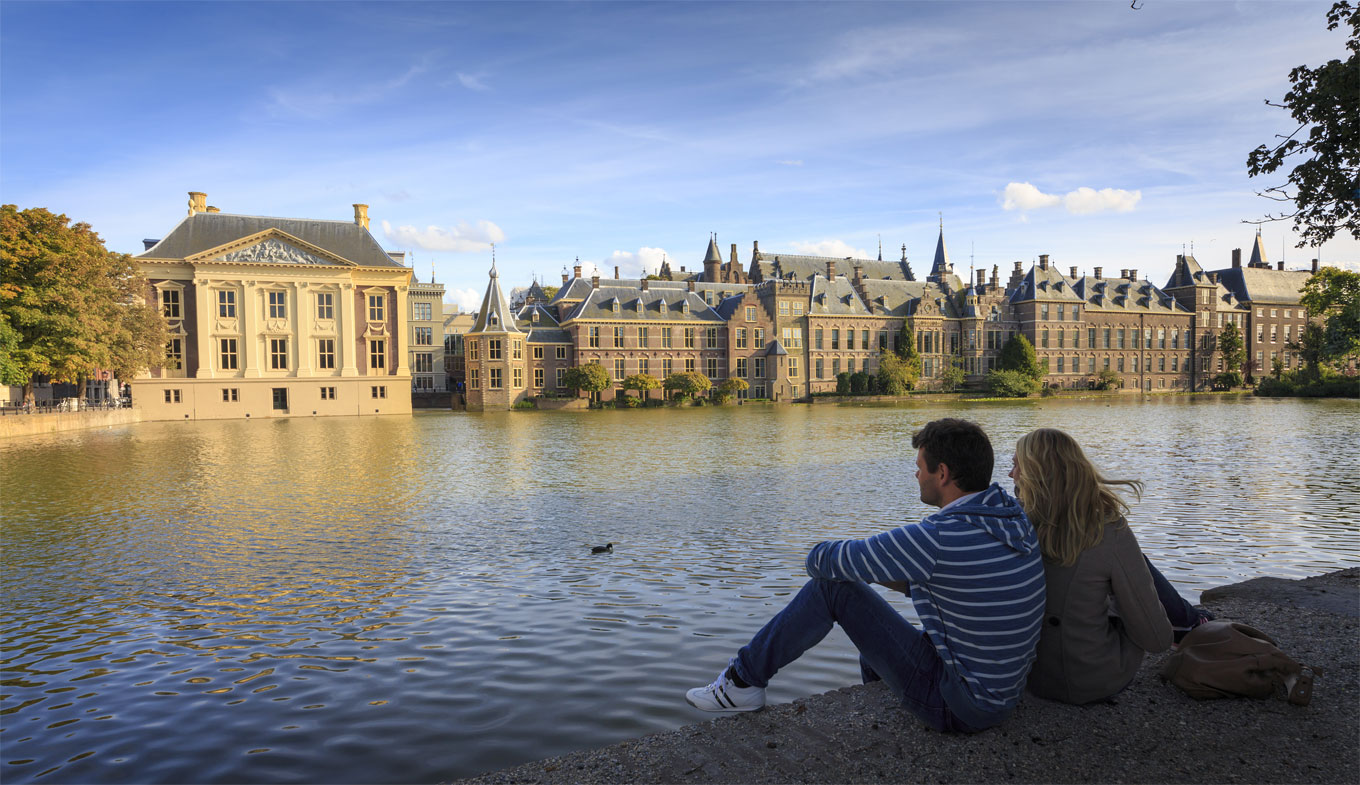The Historical Transformation of The Hague's Fortresses
In the heart of The Hague, remnants of ancient fortresses stand as silent witnesses to the city's rich past. Originally built in the 17th century, these fortresses served as defensive structures, complete with moats and thick stone walls. Over time, as the need for military defense waned, these fortresses began to transform. Today, they are not just historical landmarks but thriving urban sanctuaries for wildlife.
Fortifications Turned Green Havens

One of the most striking examples is the transformation of the Haagse Bos, a former hunting ground and fortress area, into a lush urban forest. This area now provides a habitat for a variety of species, including red squirrels and tawny owls. The dense canopy and undergrowth offer shelter and food, creating a balanced ecosystem within the city limits.

Moats as Vital Water Habitats

The moats that once surrounded these fortresses have evolved into crucial water habitats. At the Binkhorst, the moat has become a haven for aquatic life, including frogs, newts, and various fish species. The water quality has improved significantly due to conservation efforts, supporting a diverse range of flora and fauna.
Urban Wildlife Corridors
The fortresses and their surrounding areas have been integrated into The Hague's network of green spaces, acting as wildlife corridors. These corridors are essential for the movement and migration of species, allowing animals to travel safely between habitats. The connection between the Clingendael estate and the Haagse Bos is a prime example, facilitating the movement of deer and foxes.
Community Involvement in Conservation
Local communities play a vital role in maintaining these urban sanctuaries. Volunteer groups regularly organize clean-up events and educational programs to raise awareness about the importance of these green spaces. The involvement of residents not only helps preserve the environment but also fosters a sense of stewardship and pride in their local heritage.
Challenges and Future Prospects
Despite the successes, these urban sanctuaries face challenges such as pollution and urban development pressures. Ongoing efforts are needed to balance conservation with city expansion. Future projects aim to enhance these green spaces further, ensuring they continue to serve as vital refuges for wildlife amidst urban growth.










